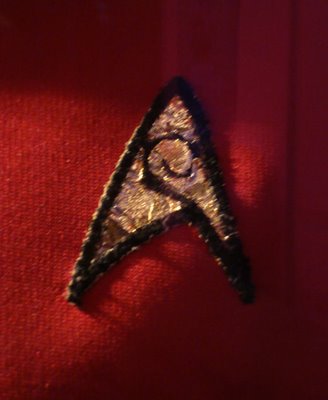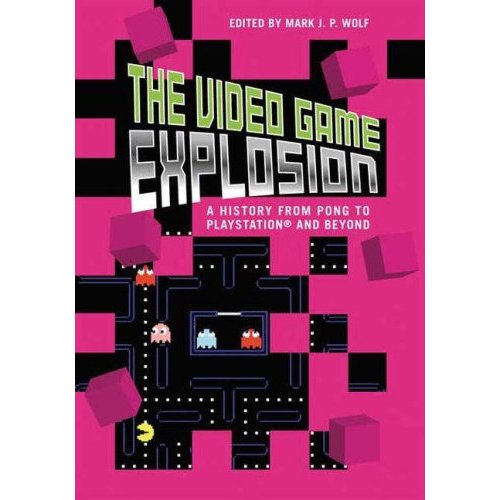I will confess to a sin of moral failing, in this case covetousness, on encountering Unearthly Visions: Approaches to Science Fiction and Fantasy Art, a 2002 collection from Greenwood Press, edited by Gary Westfahl, George Slusser, and Kathleen Church Plummer. I should be delighted, and am, by this smart if slender volume on what Slusser in his Introduction calls the “iconology” of SF and fantasy art. It is an area in which I have a building interest, still inchoate but energized by an intuition bordering on zealotry that this tradition of illustration is part of a larger set of visualization practices that do double duty as artwork and as particularly actionable and productive scripts circulating among industrial and fan cultures. Here’s how I rather breathlessly summarized my current thinking in an email to a new professional acquaintance:
I’m coming off a long period of writing about special effects and fantastic-media franchises, along with ongoing pedagogical and scholarly interests in animation and videogames, and so I’m investigating SF and fantasy illustration in relation to media production, e.g. preproduction art and world design in movies, television, and gaming, as well as their function for fans whose investments and activities center less on narrative and character, and more on hardware, technology, terrain, physics, xenobiology, and so on: the content, both given and implied, of fictional universes. Traditions of SF illustration multiply intersect professional and fannish spheres of action (spheres which themselves overlap and diffuse into each other) as a kind of “build code” for branded industrial unrealities whose iteration over time establish highly specific iconographic conventions.
It’s a sprawling concept, one I’m just starting to shape and focus. As context, I’m currently writing a book on material forms of media fictions: object and artifacts produced and circulated around fantastic-media franchises, e.g. superhero statues and collectibles, spaceship and monster model kits, fantasy-wargaming miniatures, and prop replicas and costumes. One chapter looks at reference materials (maps, blueprints, encyclopedias, timelines, concordances) as a textual borderland between officially-authored serialized fantastic media properties and hardware-oriented fan activity; the documents function both as entrypoints to the fictional experience and as fuel for ongoing negotiations over canonicity, and often result in the replication of established objects and coining of new ones at both the official and grassroots production level. Thinking through these histories, Star Trek’s in particular, and relating them to emerging technologies of 3D printing and personal fabrication, led me to build code, which is now the governing figure of the SF illustration project.
I wrote this to Kate Page-Lippsmeyer, a PhD student in the Department of East Asian Languages and Cultures at the University of Southern California, to whom Henry Jenkins was kind enough to introduce me based on our mutual interest in SF/F illustration and shared sense that it is a surprisingly underinvestigated topic. Unearthly Visions, which Kate helpfully put me onto, both proves and disproves the latter premise, as a lone beacon, a vanguard.
Or maybe I am just scratching the surface of a world of scholarship of which I’ve been shamefully oblivious; maybe I have tripped over a node in a robust network and am about to be pulled into a hundred conversations, a thousand citations. Loner that I am — and it’s a bad professional habit I am trying to break — I want to be both the lone astronaut on an endless unbothered voyage, and the wandering traveler welcomed by a friendly solar system.




